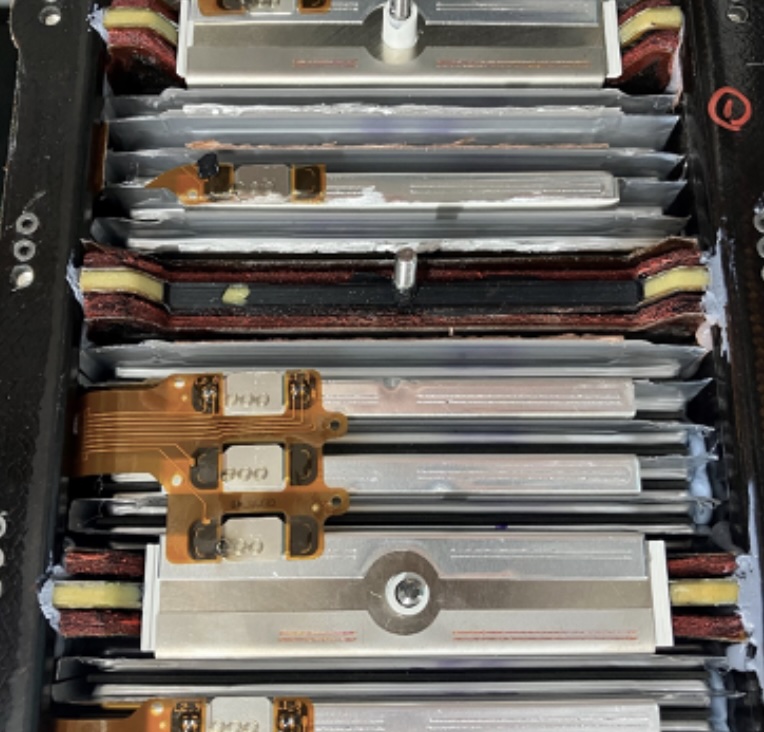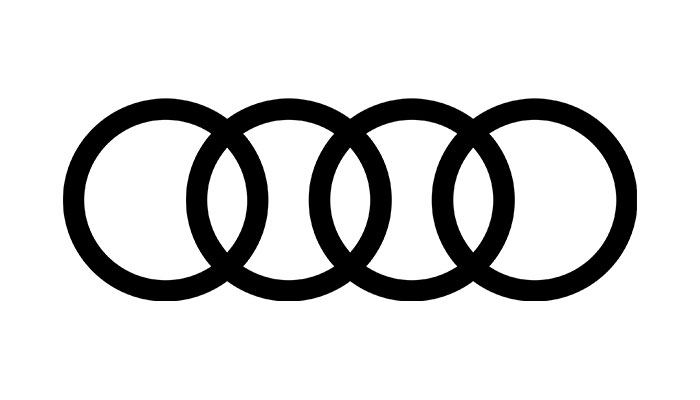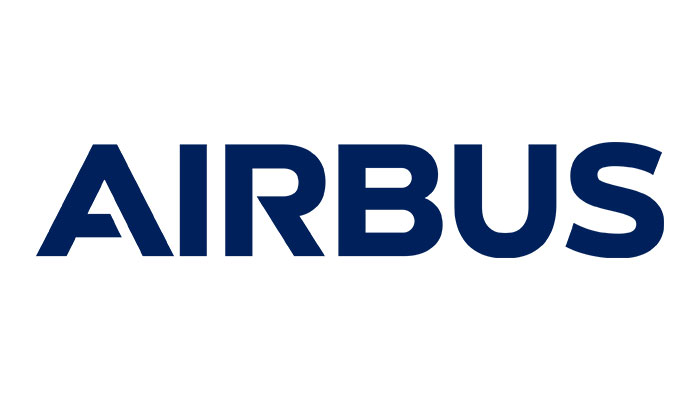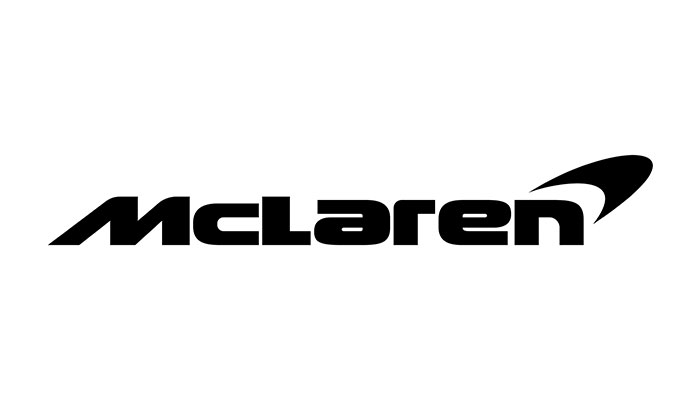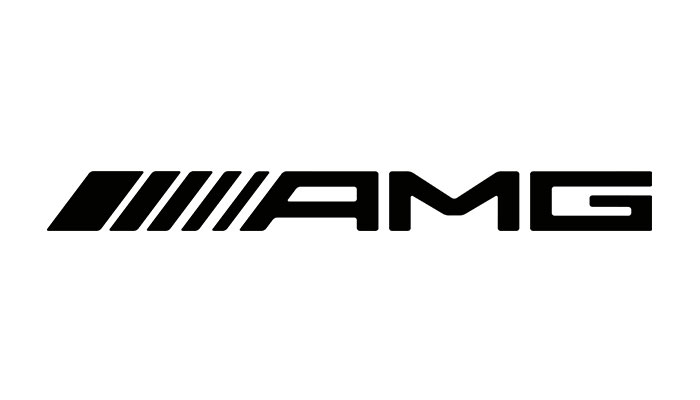Introduction
An innovative electric aircraft manufacturer was seeking a lightweight, high-performance solution to safely contain the high-energy batteries used in their next-generation vertical take-off and landing (VTOL) aircraft.
Challenge
The initial battery housing design, based on a traditional build-to-print approach, failed in both thermal runaway testing and weight optimization.
Key issues included:
- Lack of internal electrical insulation
- No integrated EMI protection
- Inadequate electrical connectivity between parts
- Absence of lightweight, integrated burst membranes
- No method for non-destructive testing of complex, multi-material composite parts
- Inability to withstand the destructive force of thermal runaway, including abrasive particle jets that could cut through composite casings in under one second
The original monolithic housing design, reinforced with a single material, was not sufficient. Additionally, the client lacked a development partner capable of rapid prototyping and innovative problem-solving. Among several contenders, COTESA distinguished itself with faster timelines and superior engineering performance.
Solution
COTESA established a dedicated, agile development team that worked closely with the client’s engineering group. Our approach included:
- 4-week development sprints covering redesign, prototype manufacturing, assembly, destructive testing, and analysis
- Integration of up to 10 different materials into a single composite component to meet safety and performance requirements
- Development of advanced manufacturing processes enabling multi-material integration in a single step, significantly reducing part cost
- Implementation of non-destructive testing techniques to assess defects and foreign object damage (FOD), allowing reduced safety factors and lighter weight
This replaced the client’s earlier in-house process, which relied on single-material prototypes and slower design iterations.
Conclusion
COTESA delivered the only composite battery housing capable of withstanding the thermal runaway of the client’s aggressive battery chemistry. The final design housed 216 pouch cells totaling approximately 26 kWh and was delivered just two months after design freeze.
With over 35% weight reduction and significantly faster development times compared to competitors, the partnership enabled the client to meet stringent aerospace safety requirements while accelerating their time to market.

